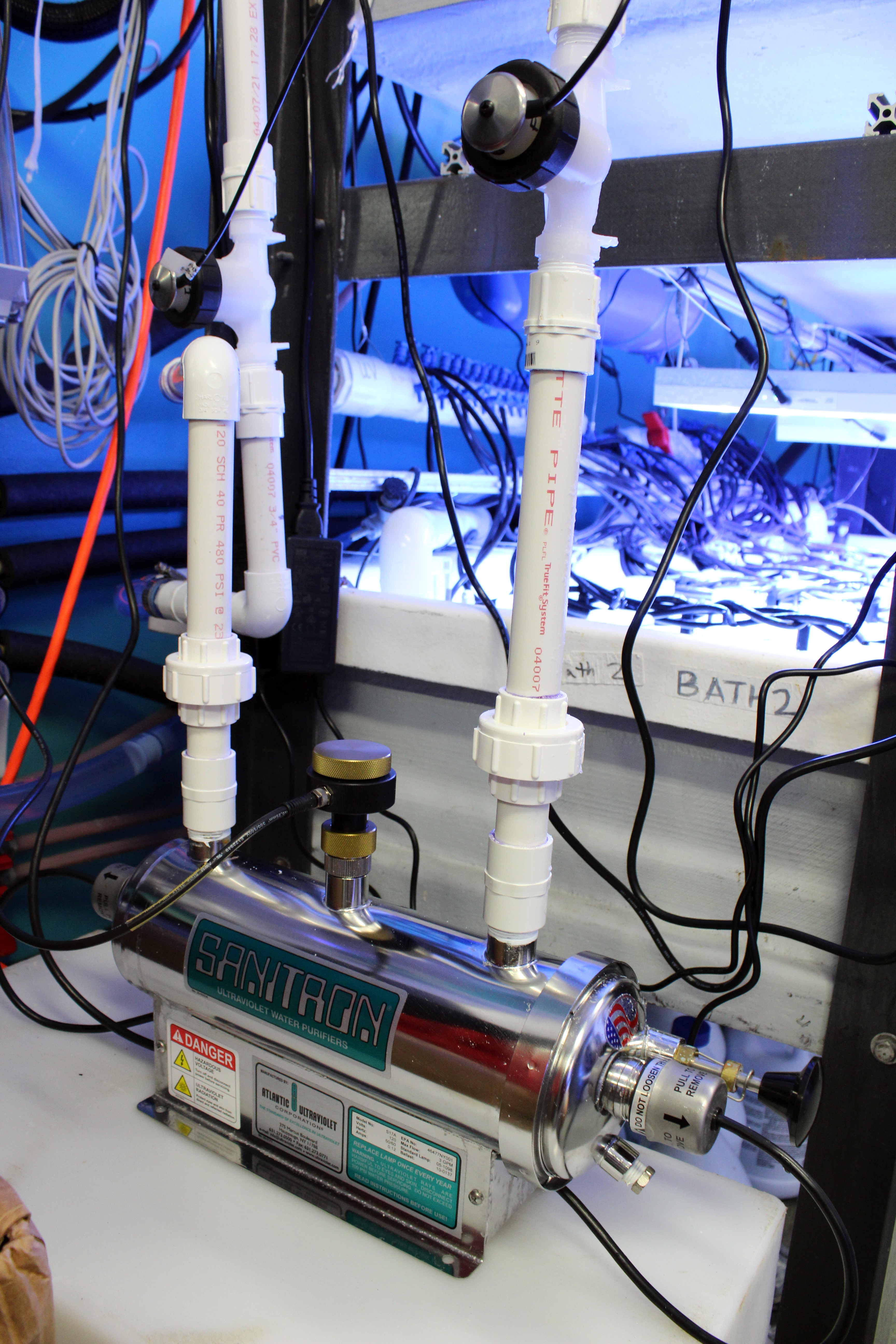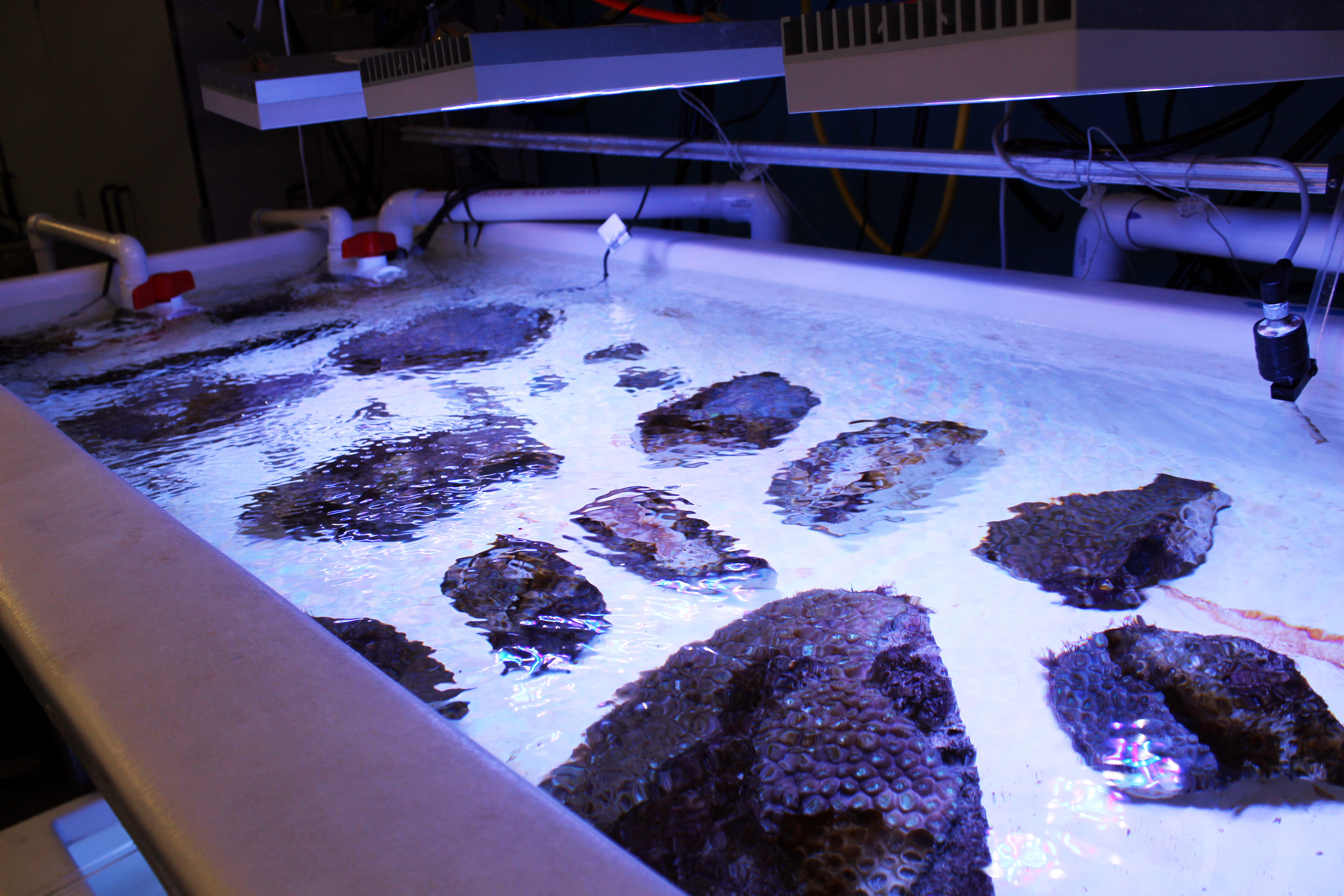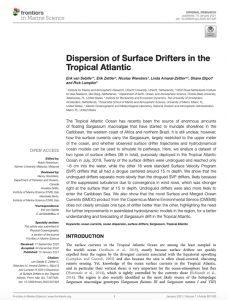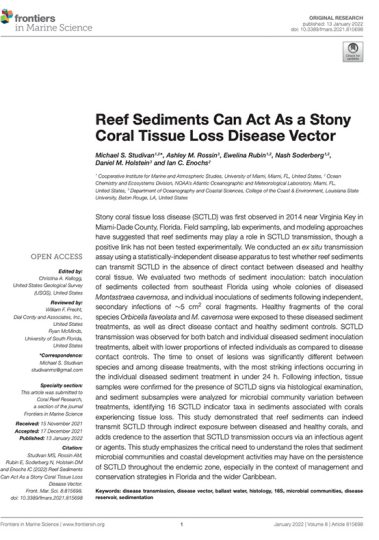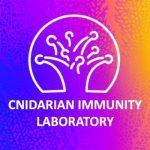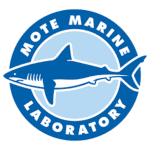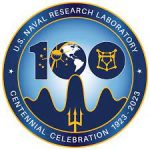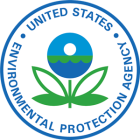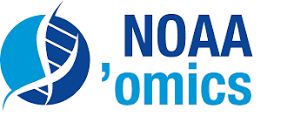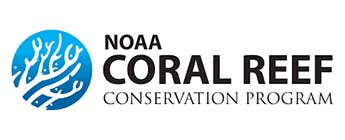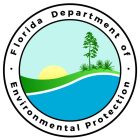Investigating Coral Disease Transmission and Mitigation Strategies
SCROLL TO LEARN MORE
Who We Are
What We Do
Coral disease outbreaks have been increasing in number and frequency over the past several decades, and represent a significant threat to coral health and population persistence worldwide. Florida’s coral reefs are currently experiencing a multi-year mortality of corals due to a new disease called stony coral tissue loss disease (SCTLD). This die-off has affected at least 21 species of scleractinian corals, including both endangered species and primary reef-building corals. This disease causes tissue loss that can rapidly spread across a whole coral colony. This phenomenon was first observed in 2014 on Virginia Key, Miami, and has since moved throughout nearly the entirety of Florida’s coral reef tract, and now to the greater Caribbean. Given the rapid spread and widespread mortality associated with this disease outbreak, it is imperative to find solutions and minimize the damage to our coral reefs.
AOML’s Coral Program is part of a multi-agency, interdisciplinary effort to better characterize this unprecedented disease outbreak, and to identify novel mitigation strategies at local and regional scales. Our research is therefore focused on two critical aspects of disease dynamics: 1) understanding environmental and genotypic factors that influence disease transmission, and 2) evaluating disease mitigation strategies, including treatment of infected corals and potential vectors. We have developed several lab-based experiments to address these objectives, leveraging capabilities of the AOML/CIMAS Experimental Reef Laboratory. We have also designed specialized mini flow-through coral vessels to test transmission rates and treatment effectiveness in a statistically robust manner.
Read More News
Research Impacts and Key Findings
Identified Sediments and Ship’s Ballast Water as Potential Disease Transport mechanisms
Through lab-based experiments conducted in collaboration with CIMAS and the Naval Research Laboratory, AOML researchers have determined that reef sediments and ship’s ballast water are likely modes of stony coral tissue loss disease transmission and pathogen transport across local and regional spatial scales.
Characterized Disease-Associated Microbes in Field and Lab Experiments
AOML researchers have identified numerous microbes associated with stony coral tissue loss disease in field and lab-based coral samples, including potential pathogens responsible for the disease outbreak. These genetic and transcriptomic datasets are widely used throughout the coral disease community.
SCTLD Sediment Transmission
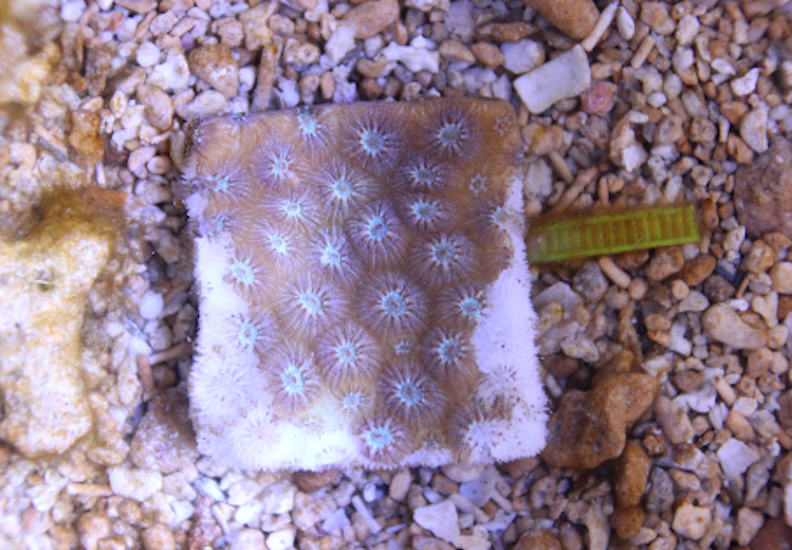
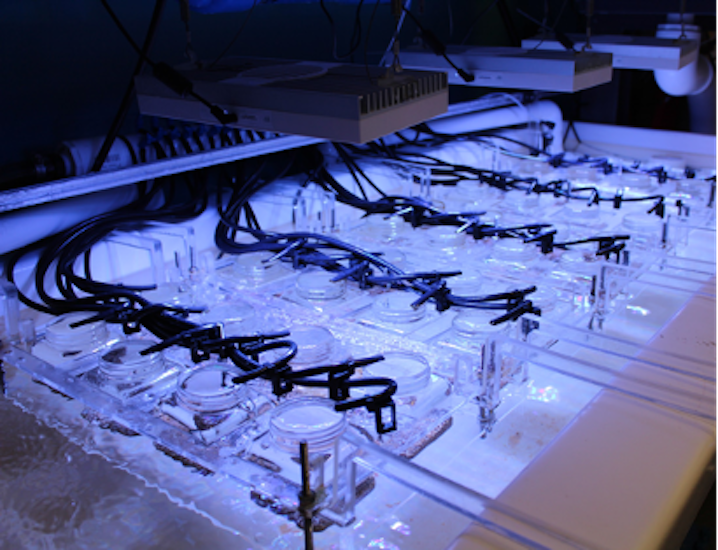
It is somewhat unclear how stony coral tissue loss disease has persisted throughout Florida since 2014, yet it has been hypothesized that some abiotic factors may contribute to the ability of the disease pathogens to remain active in reef environments. Such reservoirs may allow pathogens to persist without requiring coral hosts, allowing new infections to occur through time. AOML researchers conducted a lab-based transmission experiment to determine whether reef sediments may be serving in this capacity, and found that sediments were able to transmit disease from coral to coral without having direct contact between diseased and healthy individuals. Through ‘omics analyses, numerous disease-associated microbes were also found in disease-exposed sediments, confirming the reservoir potential of sediments. These results suggest that sediments are likely contributing to the persistence of stony coral tissue loss disease in Florida, and perhaps even the spread of pathogens to new areas through sediment transport or human activities.
SCTLD Ballast Water Transmission and Treatment
The rapid spread of SCTLD to other territories throughout the Caribbean has suggested that other factors beyond oceanographic currents are facilitating disease transmission across regions. As ship’s ballast water has been implicated in the spread of numerous invasive species and pathogens across ocean basins, there is a rapid need to identify whether ballast water may be serving as an SCTLD vector, and if so, whether ballast treatment (i.e., ballast water treatment systems) may be effective in reducing transmission among reefs. The Environmental Protection Agency ( EPA) has funded the AOML Coral Program and our collaborators at the Naval Research Laboratory in Key West, Florida to test whether waterborne transmission of SCTLD is possible via simulated ballast water, and if flow-through UVC chambers commonly found in ship’s ballast water treatment systems are effective in preventing disease transmission.
White Band Disease Susceptibility and Progression
White band disease primarily affects the two species of Acropora found in the Caribbean, both of which are ESA-listed and play a crucial role in coral restoration efforts in Florida and beyond. This disease can be a consistent problem threatening the survival of coral nurseries found in coastal zones throughout South Florida. Likewise, environmental stressors common to nearshore environments in the region (e.g., elevated nutrients from land-based runoff) may contribute to increased disease prevalence and coral mortality. We conducted an experiment that examined the relationship between nutrient enrichment and white band disease progression in Acropora cervicornis genotypes collected from local coral nurseries. These genotypes have been previously characterized as resistant or susceptible to disease based on field experiments, and we supplemented this information with coral physiological and performance metrics, disease progression rates, and survivorship to assess coral responses to synergistic stressors. Gene expression and microbial community profiling analyses are currently underway to identify molecular mechanisms related to stress responses and disease susceptibility/resistance.
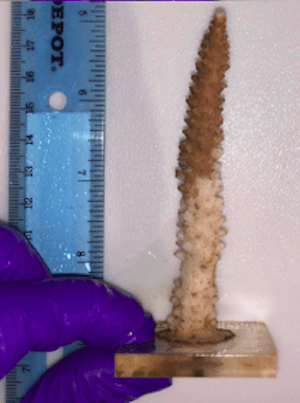
Acropora cervicornis showing white band disease.
Identification of SCTLD Transmission Gene Biomarkers
Little is currently known about the mechanisms behind SCTLD transmission in corals, and potential immune responses that pertain to disease susceptibility and resistance. Our group, in collaboration with UM-RSMAS faculty Dr. Nikki Traylor-Knowles, is applying ‘omics approaches to identify coral gene biomarkers related to transmission. We have conducted several lab-based transmission experiments, for which gene expression profiling and analyses are currently underway. These data will provide insight into the molecular mechanisms related to corals’ responses to pathogens, and may identify gene biomarkers that indicate relative susceptibility and/or resistance in coral genotypes. These experiments are also aiding in the development of additional disease identification metrics through histological and fluorescence automated cell sorting assessments, to better understand coral responses to disease exposure at a holistic level.
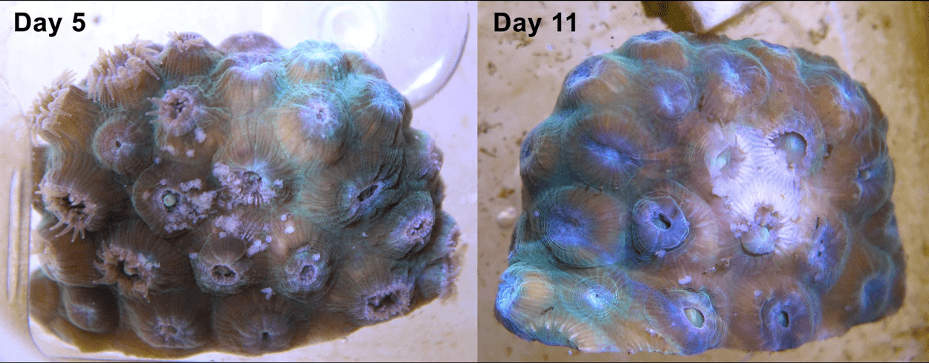
Timeline of SCTLD progression in an experimental fragment of Montastraea cavernosa, with initial disease symptoms on day 5 post initial exposure, proceeding to lesion formation and tissue loss by day 11.






